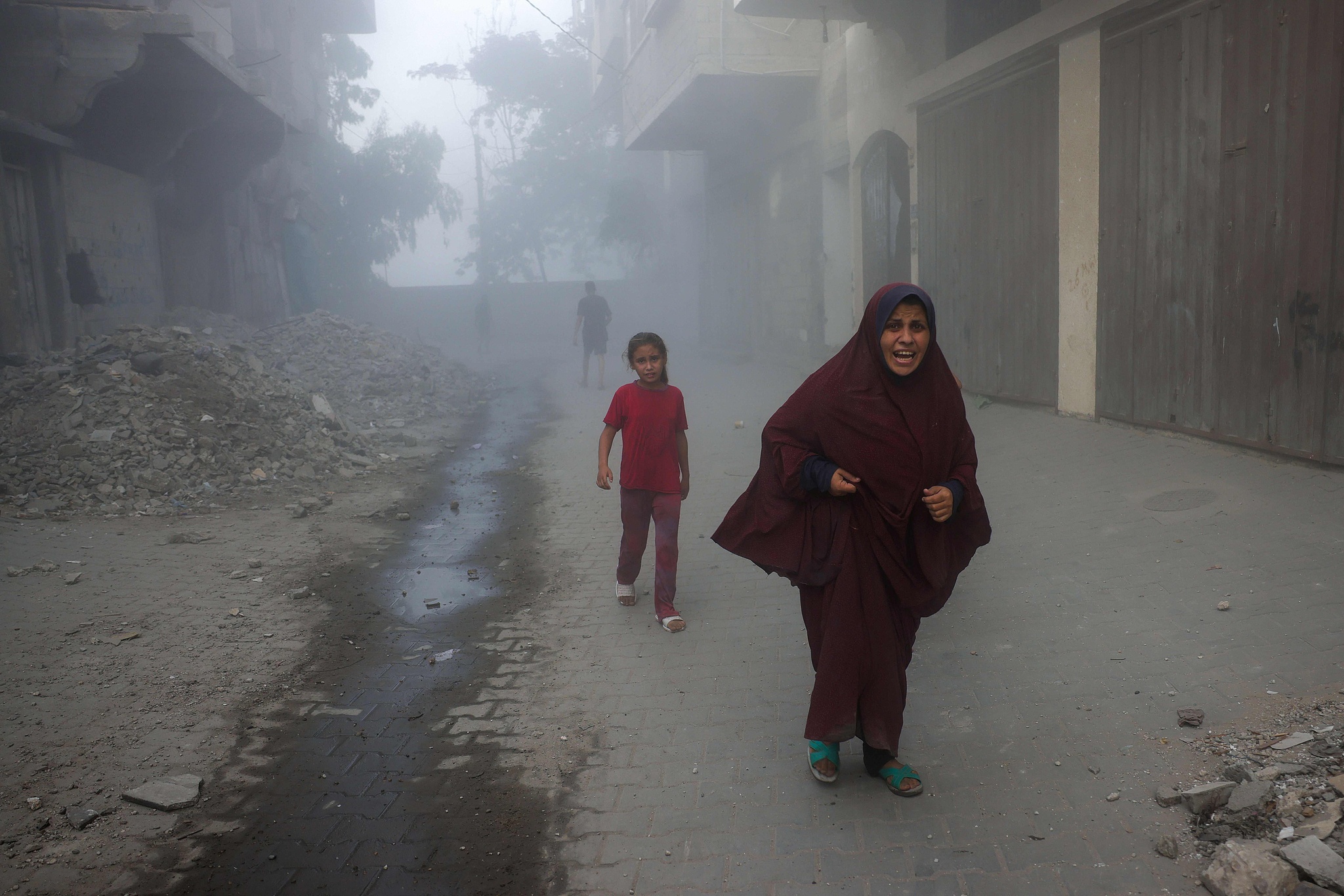A senior Israeli official stated Tuesday that the government remains firm on its call for the release of all hostages in any future Gaza ceasefire deal, after Hamas accepted a new truce proposal, AFP reported. Israel reports that 50 hostages remain in Gaza, 20 of whom are still alive. Speaking on condition of anonymity, a senior Israeli official told AFP that the government’s stance remains unchanged and that it demands the release of all hostages in any deal.
The proposals include the release of 200 Palestinian prisoners held in Israel and an unspecified number of imprisoned women and minors, in exchange for 10 living and 18 deceased hostages from Gaza, according to a Hamas official, Reuters reported. Two Egyptian security sources confirmed these details with Reuters and added that Hamas has also asked for the release of hundreds of Gaza detainees.
The two sides have held intermittent indirect negotiations throughout the war, leading to two brief truces during which Israeli hostages were released in exchange for Palestinian prisoners. However, they have ultimately failed to broker a lasting ceasefire. Israeli Prime Minister Benjamin Netanyahu has yet to publicly comment on the ceasefire plan, but he said last week that his country would accept “an agreement in which all the hostages are released at once and according to our conditions for ending the war.”
Demonstrators block a road during a protest asking for the immediate release of hostages held by Hamas and calling for the Israeli government to reverse its decision to take over Gaza City and other areas in the Gaza Strip, Tel Aviv, Israel, August 19, 2025. /VCG
Protests across Israel call for hostage release and ceasefire
Groups representing Israeli families of those held hostage have called for their return to Israel and an end to the war. In Israel, the threatened offensive led tens of thousands of Israelis on Sunday to hold some of the largest protests since the war started, demanding a deal to end the fighting and free the remaining hostages in Gaza.
Netanyahu faces domestic political pressure from his far-right government allies, who oppose a truce with Hamas. Ministers Bezalel Smotrich and Itamar Ben-Gvir have demanded to keep the war until Hamas is defeated and to annex Gaza.
According to Reuters, two Israeli officials said that Netanyahu was expected to hold discussions about the ceasefire proposal soon. A response is expected within the next two days, said a Palestinian source close to the talks. Before Hamas responded on Monday to the proposal, Netanyahu had ruled out any deal that excluded the return of all the hostages. Later, he said in a video that he had discussed with senior Israeli military commanders their “plans regarding Gaza City and the completion of our missions.”
The proposal involves a partial withdrawal of Israeli forces, who currently control 75 percent of Gaza, and the entry of more humanitarian aid into the enclave, where a population of 2.2 million people is increasingly facing famine.

Palestinians rush away from Israeli air strikes on a six-story building in the Saftawi neighborhood, west of Jabalia, northern Gaza Strip, August 19, 2025. /VCG
Gaza’s lifeline frays as aid workers become refugees themselves
For years, international aid organizations have served as Gaza’s fragile safety net, supporting over two million people as they endure the suffocating blockade imposed since 2007. However, as the war continues, even aid workers—who were once the backbone of this system—have become displaced, hungry, and fearful.
On Tuesday, World Humanitarian Day, their lives now mirror those of the people they were meant to help. Reham Said, a 36-year-old United Nations employee from Gaza City, shared her experience since the war with Xinhua News Agency. “From the fourth day of the war, my journey of displacement began,” she recalled. “I moved more than ten times. Once, my sister’s house, where we had taken refuge, was bombed. We emerged from the rubble injured, but we survived.”
Samar Dawas, 42, worked as an administrator for an international organization. She described her pre-war life as “stable,” supported by her salary and a modest home in Gaza City with her husband and two children. That stability collapsed in the first week of fighting. Her neighborhood was bombed, and the family fled at night, carrying only clothes and identity documents. They now live in a school-turned shelter, sharing a classroom with dozens of strangers.
The war has turned aid agencies into shadows of their former selves. Restrictions and bombings have severely limited their ability to deliver food, medicine, and relief supplies. After a brief ceasefire ended in March, Israel tightened the blockade, worsening shortages of flour, fuel, and medicine. United Nations officials now warn that famine threatens most of Gaza’s population.
The war began when Hamas-led fighters entered Israel, killing 1,200 people and taking 251 hostages. Israel’s offensive has since resulted in the deaths of over 62,000 Palestinians, according to local health officials who do not distinguish between fighters and civilians. The Israeli assault has caused a humanitarian crisis in Gaza and displaced most of its residents.
























